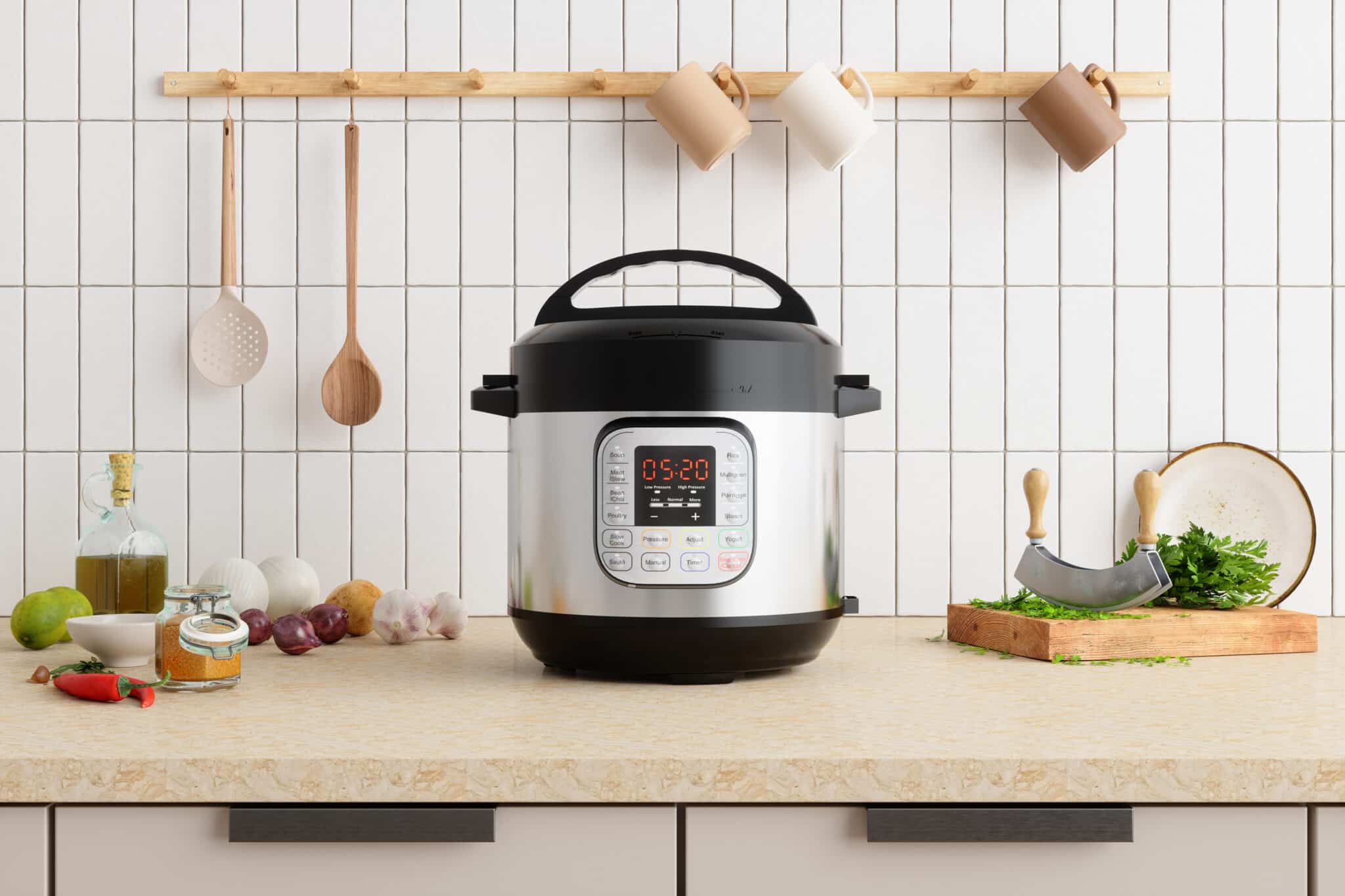The best home sauna turns your spare room or patio into a personal spa. Skip setting appointments and waiting in traffic—the spa can be ready for you at any hour. Soft light, gentle steam, or focused infrared warmth surround you and help your mind settle.
Below is a break down of why more people are adding home saunas, which models work best for different needs, and what to consider before choosing the best home sauna for your space and budget.
Core Health Benefits of Regular Heat
Sauna use goes beyond comfort. A growing body of research shows that regular heat exposure supports a range of physical and mental health benefits. These gains come from both infrared saunas and traditional saunas, depending on how the heat is delivered and how your body responds.
Below are some of the most consistently observed effects, backed by scientific studies:
- Lower Inflammation (CRP): A large Finnish study of over 2,000 men found that those who used saunas four to seven times per week had significantly lower signs of inflammation than those who went once a week or less.
- Lower Resting Heart Rate: A clinical review showed that frequent sauna use helped improve heart rate variability and lowered resting heart rate, suggesting improved cardiovascular function over time.
- Less Muscle Soreness: A controlled trial found that short sauna sessions before or after workouts helped reduce delayed-onset muscle soreness (DOMS) and preserved overall muscle strength.
A steam sauna offers added humidity that may help loosen chest congestion, while a full-spectrum infrared sauna delivers heat deep into joints and soft tissue. In any case, each type contributes to detoxification through sweat, making regular sauna sessions a useful part of a broader health routine.
Know Your Heat Source
Heat is the heart of a sauna. Stones, steam, and infrared panels warm your body in different ways. Each method changes how fast the room heats, how the air feels, and how much power you’ll use.
Traditional Dry Saunas
Traditional saunas use electric or wood-fired sauna heaters to warm the air, often reaching temperatures between 170 degrees F and 195 degrees F. You can splash water over heated stones to create brief bursts of steam, but the overall effect is dry heat.
These saunas are known for their intense warmth and are often built with cedar or spruce, which gives off a natural scent. For users who enjoy a high-heat experience and the classic feel of a Finnish-style sauna, a traditional dry sauna is the way to go.
Steam Cabins
Steam saunas operate at lower temperatures, around 110 degrees F to 120 degrees F, but with very high humidity. The result is a damp, foggy atmosphere that encourages heavy sweating and supports skin hydration. Steam can also help relieve sinus pressure or congestion.
However, steam units require regular maintenance to prevent mold or mildew, especially on walls and flooring.
Infrared Saunas
Infrared saunas use radiant panels to heat your body directly rather than warming the air. This creates a gentler environment, with air temperatures usually peaking around 140 degrees F. These saunas are often energy-efficient, quick to warm up, and emit low electromagnetic fields (low EMF).
Since the heat penetrates more deeply into skin and muscle tissue, infrared saunas are popular for relaxation, recovery, and for those sensitive to high heat.
Hybrid or Full-Spectrum Saunas
Hybrid saunas combine traditional heating elements with infrared panels, offering flexibility in how you use the space. You can enjoy the dry, high heat of a standard sauna or switch to radiant warmth, depending on your needs.
Full-spectrum infrared saunas go a step further by using near-, mid-, and far-infrared wavelengths. Near-infrared targets skin and circulation, mid-infrared aids in pain relief, and far-infrared reaches deep into muscles for full-body recovery.
What to Consider Before Buying a Home Sauna
Choosing the best home sauna depends on more than just style. You’ll want to think through size, placement, and cost before making the leap.
Here are three key areas to weigh:
Sizing Up Your Space
Before choosing a sauna, take careful measurements of the space where it’ll go. Most indoor models are about six and a half feet tall and five feet wide, with at least two feet of clearance needed for proper airflow.
Saunas are typically sized by how many people they seat:
- 1–2-person infrared sauna: Compact enough for apartments or smaller rooms
- 3-person full cabin: Offers extra legroom, often preferred by couples
- 5-person traditional sauna: Great for group use but usually requires a dedicated electrical circuit
If you’re considering an outdoor sauna, just be aware that outdoor units need a level base, like stone or a deck, and a weather-resistant roof. In exposed areas, wind protection is also worth factoring in to your search for the best home sauna.
Indoor vs. Outdoor Placement
An indoor sauna connects directly to your home’s power and avoids weather-related maintenance. It keeps a steady heat year-round and is usually easier to install, especially for plug-in models. Before installation, be sure the floor can handle the weight, especially on upper levels.
Meanwhile, outdoor saunas provide a unique experience with the open-air, natural cooling adding to the appeal for many users. Wood construction handles weather well but still benefits from sealing once a year. Metal and composite builds offer lower upkeep if you prefer a more modern finish.
Budget Breakdown & Price Ranges
Home saunas vary widely in price depending on the heating system, materials, and added features. Here is a general guide by price tier:
- Entry ($300–$700): Includes foldable tents and infrared sauna blankets. These saunas are easy to store and are great for beginners.
- Mid ($1,200–$3,500): This group includes small indoor infrared cabins, often made from hemlock or cedar. Mid-range saunas often have plug-in designs that with common extras like Bluetooth and light therapy.
- Upper Mid ($4,000–$7,000): These are larger multi-seat units or hybrids with both traditional and infrared heat. In this range, saunas often come with smart controls and spectrum infrared panels.
- Premium ($8,000–$12,000): Premium saunas are usually spacious outdoor builds with thicker wood, built-in sound, and more durable finishes.
- Luxury ($12,000 and up): These include custom saunas with designer finishes, wraparound glass, or options for pairing with cold plunge tubs.
Some manufacturers offer seasonal discounts or package deals that include accessories or extended warranties, so it helps to check around before you commit.
Best Home Sauna for Small Spaces
The mid-tier Dynamic Saunas Cardoba 2 Person Infrared is a compact option for apartments, studios, or condos. It runs on a standard 120V outlet and uses carbon heating panels with low EMF output, so there’s no need to upgrade your electrical system. It heats up efficiently and offers digital controls for easy temperature adjustments.
Best Home Sauna for Muscle Recovery
For targeted heat therapy after workouts, the luxury Sun Home Equinox Full-Spectrum Infrared delivers on all levels. It uses a combination of near-, mid-, and far-spectrum infrared waves to reach deep into muscles and joints. This makes it a smart choice for athletes, runners, or anyone managing chronic soreness. It also comes with a sleek control panel and optional guided recovery sessions.
Best Outdoor Sauna for Cold Climates
The Almost Heaven Salem Outdoor Barrel Sauna holds up well against snow, wind, and rain. It’s well-equipped as an upper-mid option. Its thick cedar planks and rounded barrel design retain heat efficiently, while the traditional sauna heater with lava rocks allows for splash steam to keep humidity levels high. This sauna reaches 185 degrees F or more, making it a solid pick for cold-weather areas.
Best Home Sauna for Social Sessions
The premium Adrinfly 4-Person Infrared Sauna offers roomy seating for small groups without taking over your home. Its extra-wide benches are designed for comfort, and the infrared panels evenly distribute heat to all sides. If you want to turn your sauna time into a shared activity with friends or family, this model provides the space and setup to do it right.
Best Portable Option
The entry-level SLF Infrared Sauna Blanket is ideal if you need a sauna that can travel or store easily. Setup takes just a few minutes, and you can use it while lying on the couch or bed, wrapping your entire body in infrared heat. For renters, nomads, or those short on space, this is a flexible way to get the benefits of sauna heat.
Best Home Sauna for Budget Buyers
If you want to try sauna use without a major commitment, the SereneLife Portable Steam Sauna is a strong entry-level choice. It comes with a foldable chair, remote control, and a small steam generator. While it doesn’t have the long-term durability of a built-in cabin, it’s portable, easy to store, and priced under $500, making it a great way to explore steam sauna sessions on a budget.
Best Home Sauna for Design Lovers
With its sleek lines and full glass front, the Sun Home Luminar Outdoor Infrared blends high-end design with serious performance. It features a minimalist black frame, infrared heating panels, and aerospace-grade materials for long-lasting use outside. For homeowners who want their outdoor sauna to match a modern backyard or pool area, and don’t mind paying for it, this unit brings both style and function.
Best Home Sauna for Skin Health
The HigherDOSE Infrared Sauna Blanket is a top pick among users focused on skin glow and circulation. It’s on the higher end for blanket-style saunas, but still much cheaper than traditional saunas. Wrapping your body in infrared warmth, this sauna helps improve blood flow and encourage collagen production. Lightweight and easy to clean, it’s a favorite among wellness fans and estheticians alike.
Best Home Sauna for Custom Builds
If you want a sauna that fits your room’s exact dimensions, the Finnleo S-Series Custom Traditional Sauna is worth a look. You can choose between different wood types, heaters and layouts, allowing you to match the sauna to your home’s design. Pricing varies depending on your exact build, but this option allows you to scale it up or down depending on how many people you want to seat.
Your Own Sauna, Your Own Pace
Adding a sauna to your home is a practical way to support long-term wellness. You get the flexibility to use it on your schedule, whether for recovery, relaxation, or general health. From dry heat to soothing steam, and portable blankets to permanent outdoor cabins, each style offers its own kind of comfort and benefits.
By comparing heat types, size needs, and features like low EMF or full-spectrum panels, you can find the best home sauna that fits your space and your routine.






